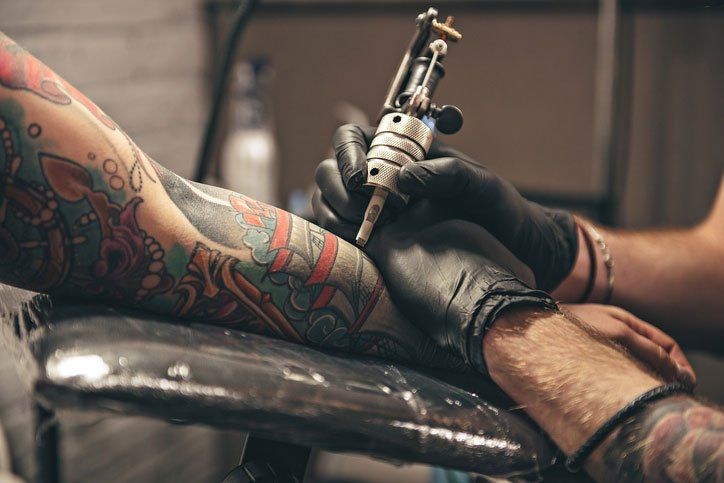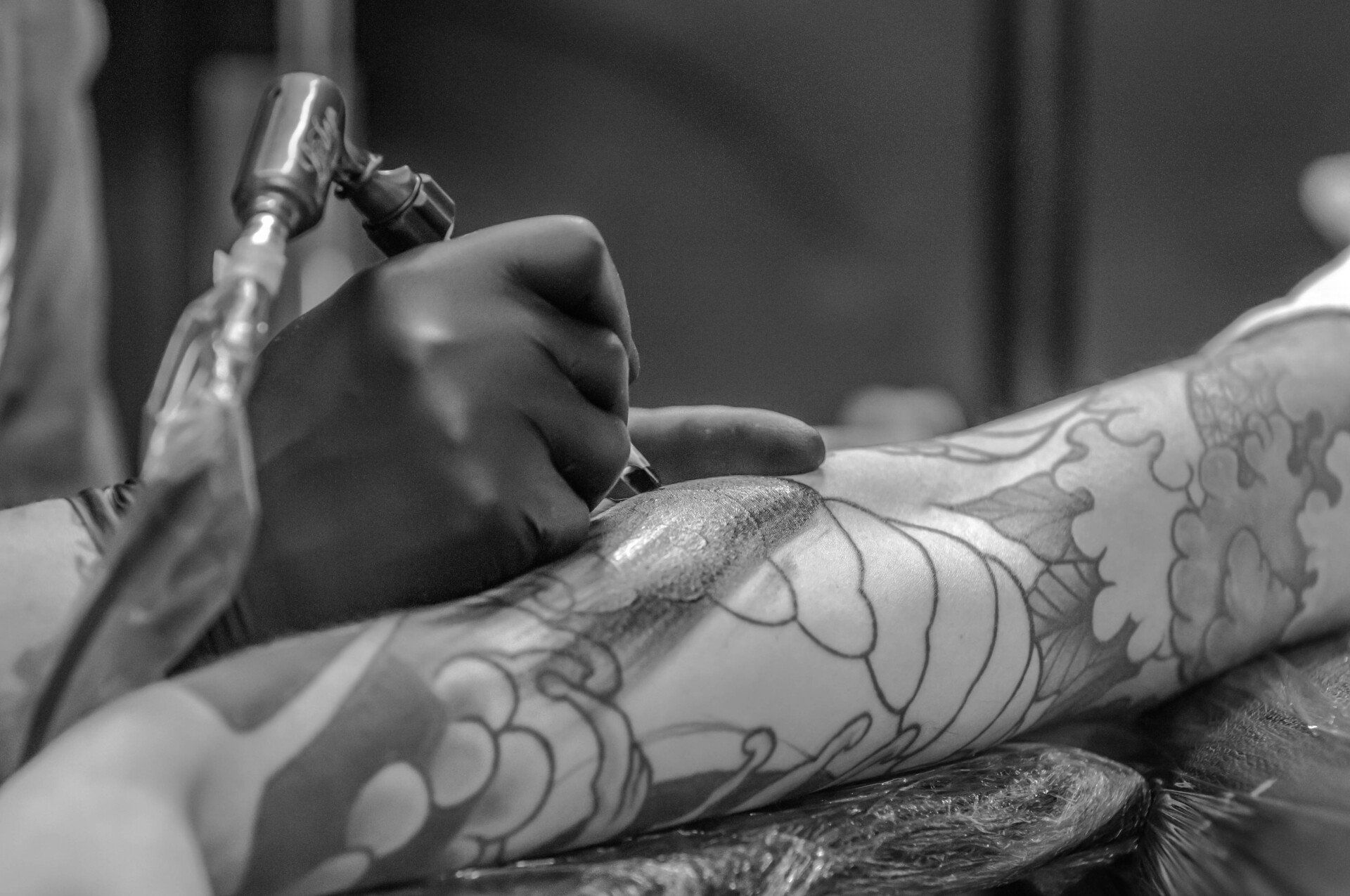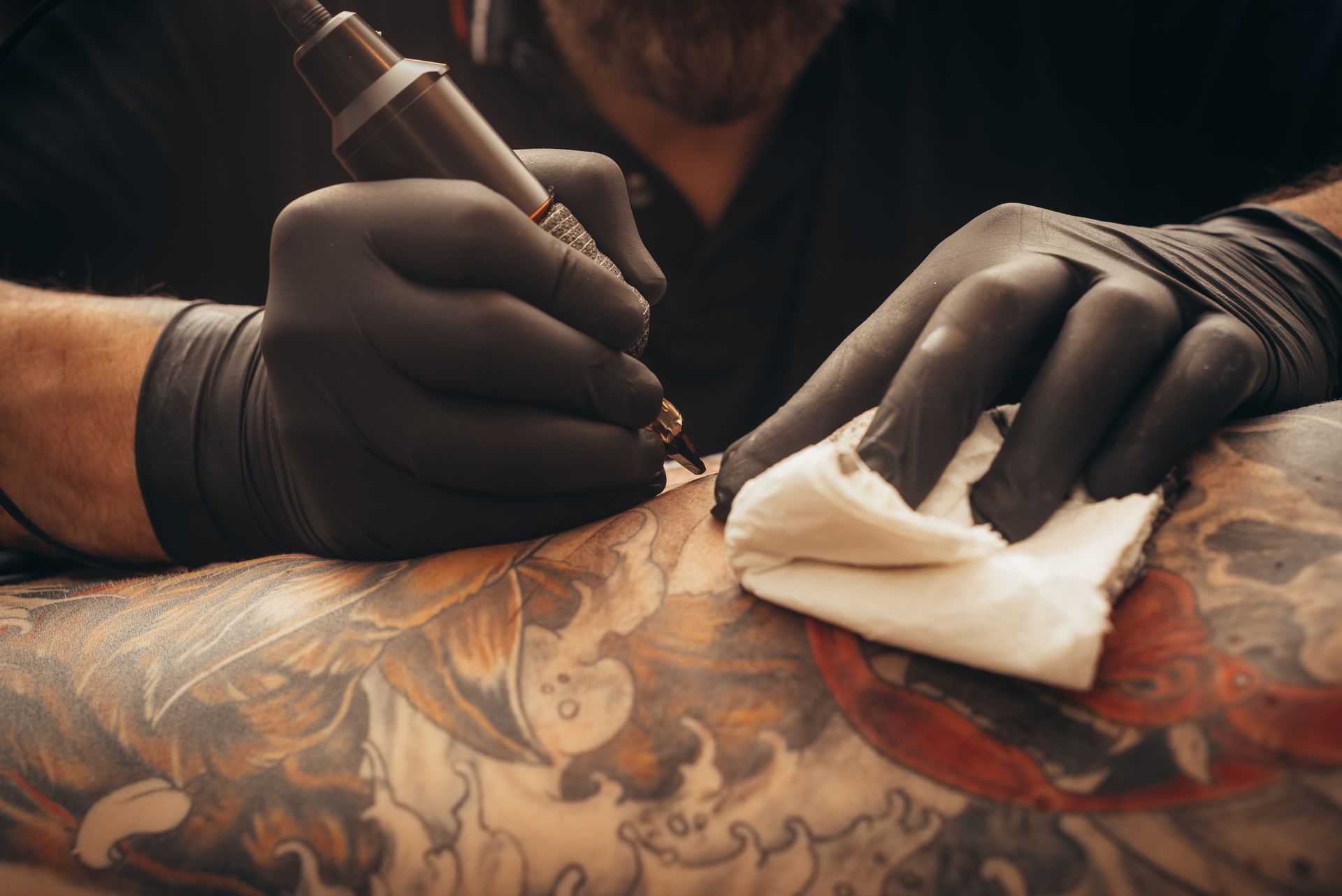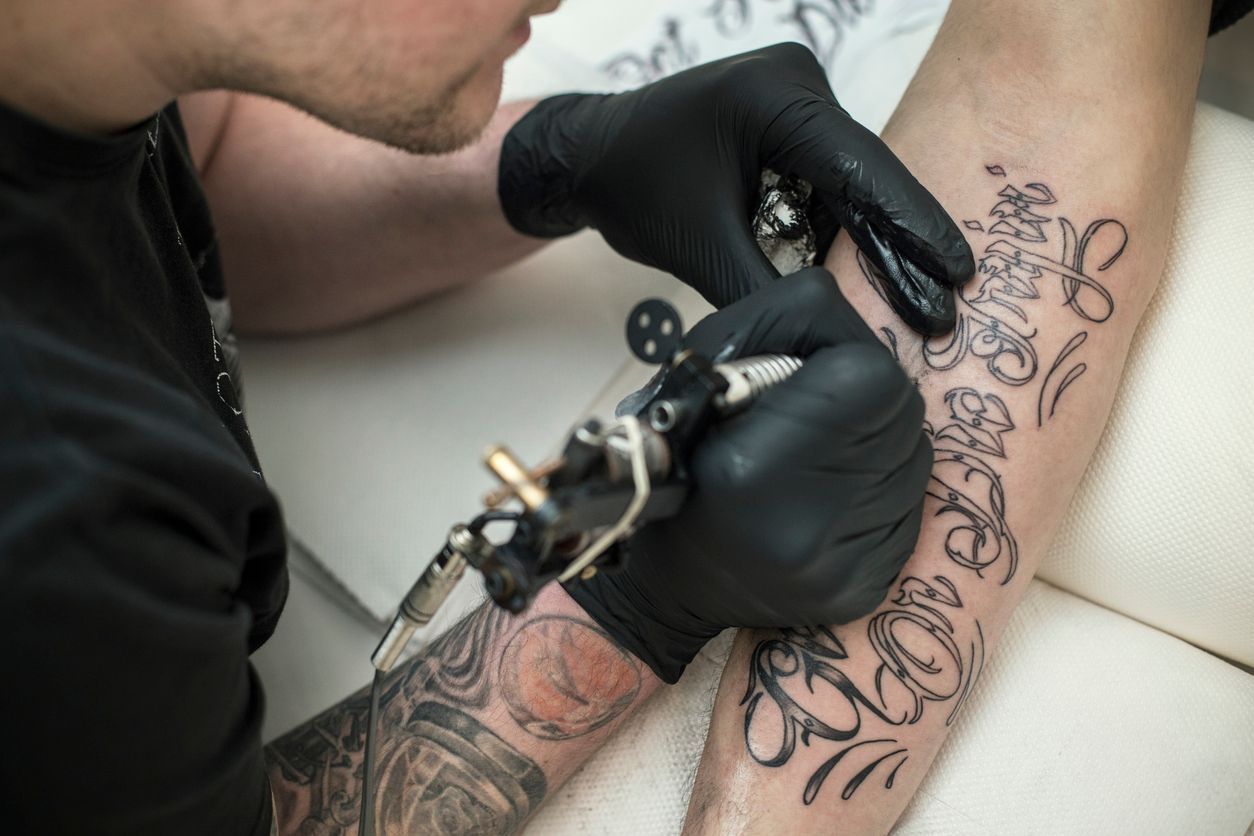How to Care for Tattoos Over the Years
How to Care for Tattoos Over the Years
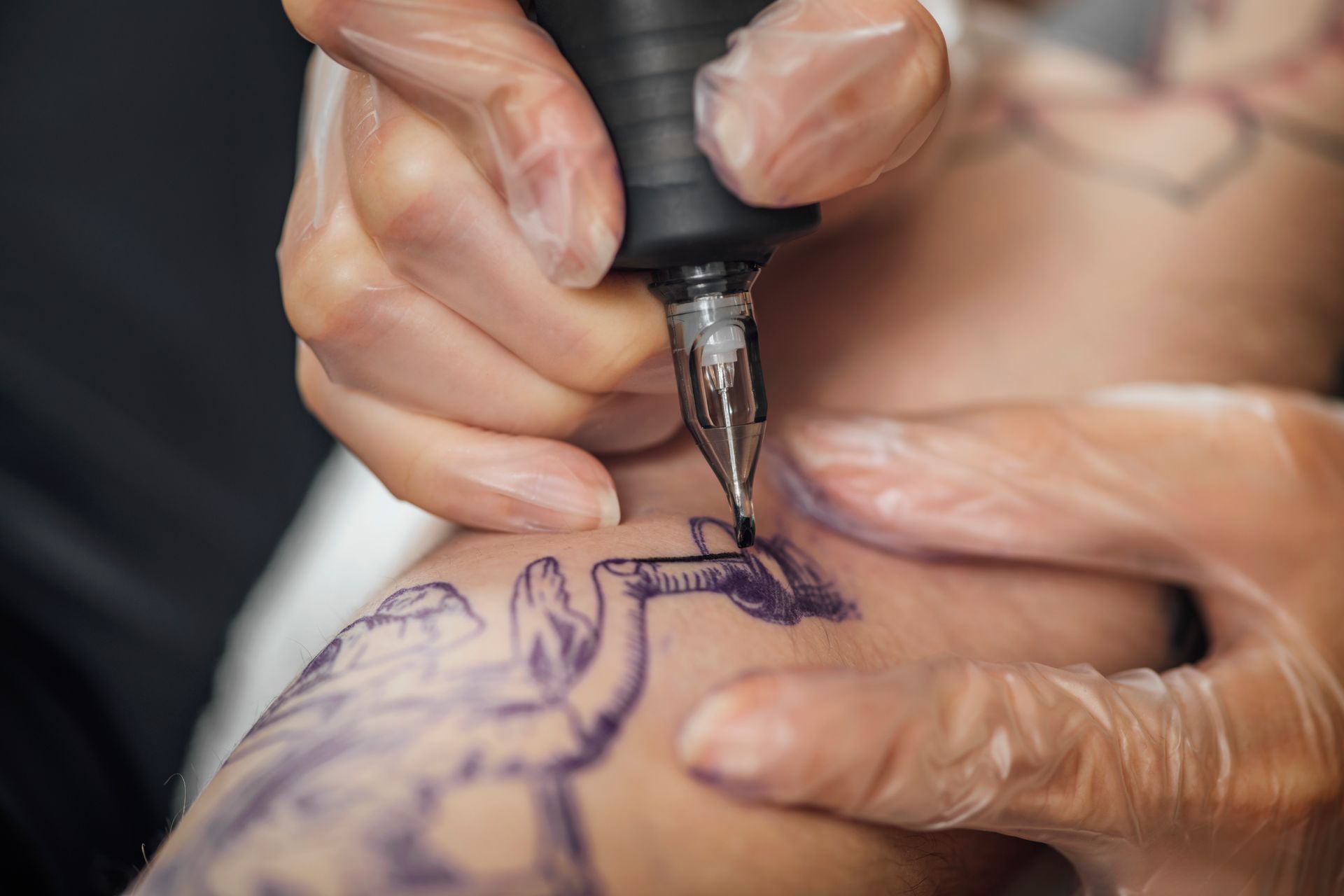
Tattoos are a form of art, a symbol of self-expression, and for many, a lifetime investment. However, to keep your tattoos looking fresh and vibrant, proper care is essential—not just immediately after getting inked but over the years. Whether you have a striking black-and-white piece, a vibrant color design, or even a delicate white ink tattoo, the way you care for your ink can make a significant difference in how it ages.
This guide breaks down the nuances of tattoo care, highlighting the differences between caring for black-and-white versus color tattoos, the challenges of maintaining white ink designs, and whether touch-ups are necessary to keep your tattoo looking its best. We'll also draw on expert advice from Pauly's Tattoo Studio, renowned for their commitment to art and proper aftercare practices.
Why Tattoo Care Matters
A tattoo changes over time as the skin ages, regenerates, and is exposed to the elements. Without consistent care, even the most detailed work by a skilled artist can fade or blur. The key to preserving your tattoo is understanding its unique needs and tailoring your care routine accordingly.
The Basics of Tattoo Aftercare
Pauly's Tattoo Studio emphasizes diligent aftercare from the moment you leave the artist's chair. Here are the foundational steps to protect your tattoo during its initial healing phase and beyond:
- Keep It Clean: After removing the bandage, wash your tattoo gently with unscented antibacterial soap 2-3 times a day. Pat it dry with a clean paper towel. Avoid using cloth towels, as they can harbor bacteria and leave fibers behind.
- Moisturize: Apply a thin layer of unscented lotion to keep the tattoo hydrated. Use just enough for your skin to absorb it completely—excess product can impede healing. Continue this practice until any flaking stops, which usually takes 2-3 weeks.
- Avoid Picking and Scratching: If a scab or flaky layer forms, resist the urge to pick or scratch it. Doing so can damage the tattoo and affect its appearance.
- Protect From the Sun: UV rays can cause tattoos to fade significantly. Use a high-SPF sunscreen (SPF 45 or higher) every time you're exposed to sunlight, especially for tattoos on areas like forearms, hands, or shoulders.
Long-term, maintaining hydration and regularly moisturizing the skin helps reduce fading and keeps tattoos from becoming dry or uneven.
Black-and-White Tattoos vs. Color Tattoos
While basic aftercare applies to all tattoos, certain factors—such as ink type and pigmentation—create differences in how black-and-white and color tattoos must be cared for over time.
Caring for Black-and-White Tattoos
Black-and-white tattoos are celebrated for their timeless elegance and typically require slightly less maintenance in the long run. However, they aren't immune to the effects of time. Over the years, they may begin to fade and lose their sharp contrast.
- Fade Resistance: Black ink is more resistant to fading compared to lighter or colored pigments. It often ages well, deepening into shades of dark gray that retain clarity with minimal interference.
- Maintenance Needs: Touch-ups are still recommended for black-and-white tattoos every few years to restore their crisp lines and ensure lasting contrast—especially for tattoos on areas prone to friction, like fingers and wrists.
Maintaining Vibrant Color Tattoos
Color tattoos are undeniably eye-catching and allow for creative designs, but they also come with added maintenance challenges.
- Fade Factor: Bright colors like red, yellow, and orange are more susceptible to fading with age and sun exposure. Darker colors like blue and black tend to hold up better over time.
- Regular Moisturizing: Keeping the tattoo well-moisturized is critical to preserving the vibrancy of color tattoos. Quality tattoo-specific lotions can help lock in hydration and highlight the details.
- Touch-Up Frequency: Color tattoos often need touch-ups more frequently than black-and-white tattoos to maintain their brilliance. Even well-cared-for color tattoos can start to appear muted within a few years.
Unique Challenges of White Ink Tattoos
White ink tattoos offer a subtle and striking aesthetic but come with their own set of difficulties. These designs tend to fade or discolor faster than other types of tattoos, often turning yellowish or gray over time.
- Placement and Care: Proper placement is key. White ink tattoos often look better on areas of skin less exposed to sunlight.
- Careful Moisturization: While all tattoos need hydration, white ink tattoos are especially sensitive to over-saturating. Too much moisture can blur the design.
- Touch-Up Limitations: White ink is notoriously challenging to touch up. Even experienced artists may struggle to make the ink look revitalized after it fades or discolors significantly.
Should You Touch Up Your Tattoos?
Tattoo touch-ups help maintain sharpness and vibrancy. Over time, your tattoo may experience natural fading due to factors like sun exposure, skin type, and bodily wear and tear. While not mandatory, touch-ups are highly recommended if you want your tattoo to look its best for decades.
How Often Are Touch-Ups Needed?
- Black-and-White Tattoos: Every 5-10 years, depending on the level of fading.
- Color Tattoos: Every 3-5 years for optimal vibrancy, especially for lighter colors.
- White Ink Tattoos: Case-by-case basis. Due to the unique nature of white ink, consult your artist if discoloration occurs.
Pauly's Tattoo Studio emphasizes that consulting a professional is key to preserving your tattoo’s original charm. Tattoo artists can provide expert advice and touch-ups tailored to your specific design, placement, and ink type.
Tips for Long-Term Tattoo Maintenance
To keep your tattoo looking fresh for years to come, consider these additional long-term care tips from Pauly's Tattoo Studio:
- Hydrate and Exfoliate: Regular moisturizing keeps skin healthy, while occasional gentle exfoliation can help keep colors vivid.
- Dress for the Weather: Minimize sun exposure by covering tattoos with light, breathable clothing when you're outdoors for extended periods.
- Mind Your Placement: Tattoos on hands, fingers, or feet are prone to fading faster due to friction. Be especially diligent with sunblock and moisturizers for these areas.
Your tattoo represents a story, a moment, or a piece of art that’s uniquely yours. By following expert aftercare practices and staying proactive about long-term maintenance, you can ensure that it remains vibrant and meaningful for years to come.
Professionals like those at Pauly's Tattoo Studio can guide you every step of the way—from your first design to ongoing touch-ups years later. Remember, investing a little time and effort into caring for your tattoo now will reward you with beautiful, lasting body art for a lifetime.
For further information on tattoo care, please visit our Tattoo Care page.




